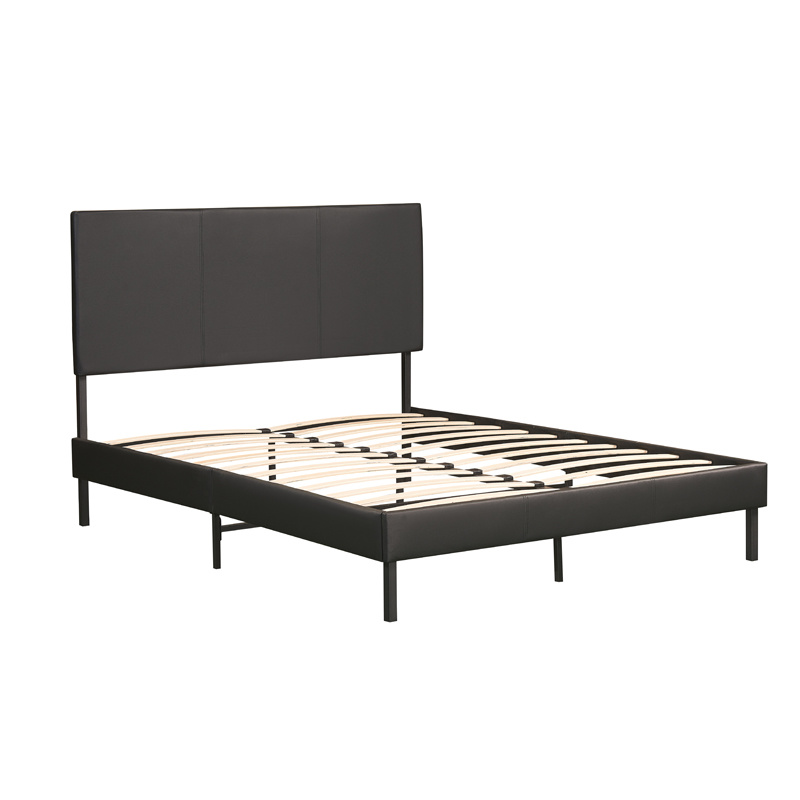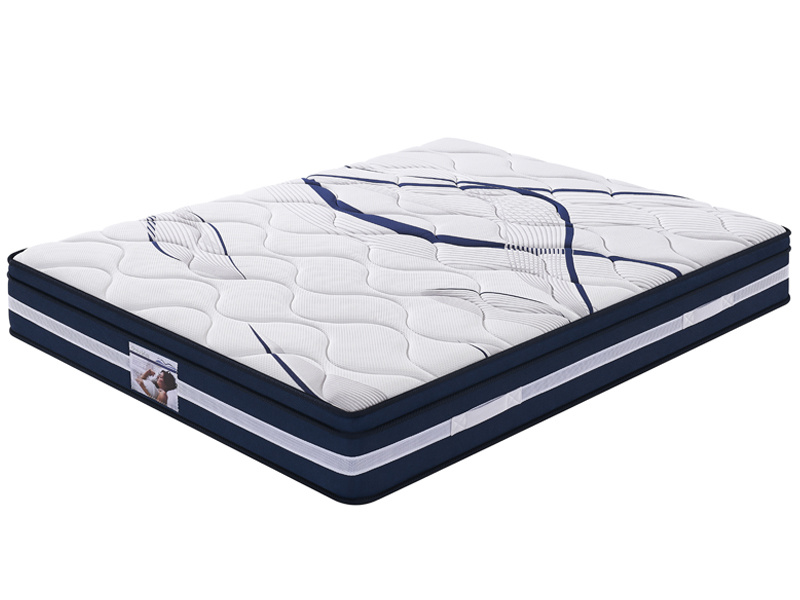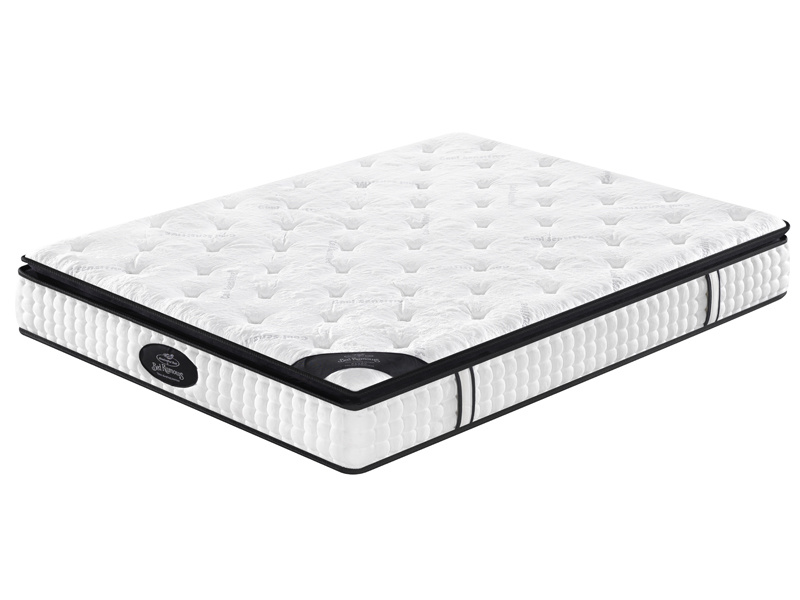Which Mattress is Better: Memory Foam or Foam?
2024-06-08
Which Mattress is Better: Memory Foam or Foam?
Choosing between memory foam and regular foam mattresses can be a challenging decision, as both types offer unique benefits and cater to different preferences and needs. Understanding the differences between these two mattress types can help you make an informed choice.
Memory Foam Mattresses
What is Memory Foam?
Memory foam, also known as viscoelastic foam, is a type of polyurethane foam that has added chemicals to increase its viscosity and density. It is known for its ability to conform to the body’s shape and provide excellent pressure relief.
Benefits of Memory Foam
-
Pressure Relief
- Memory foam excels at distributing body weight evenly, which helps in relieving pressure points. This makes it a great choice for people with joint pain or pressure sores.
-
Motion Isolation
- One of the standout features of memory foam is its ability to absorb movement. This is beneficial for couples, as it minimizes the disturbance caused by a partner’s movements during sleep.
-
Support and Alignment
- Memory foam provides good support by conforming to the natural curves of the body. This helps in maintaining proper spinal alignment, reducing the risk of back pain.
-
Durability
- High-quality memory foam mattresses are quite durable and can last several years without significant sagging.
Drawbacks of Memory Foam
-
Heat Retention
- Memory foam tends to retain body heat, which can make it uncomfortable for hot sleepers. However, many modern memory foam mattresses come with cooling technologies to mitigate this issue.
-
Off-Gassing
- New memory foam mattresses often have a chemical smell, known as off-gassing. This smell usually dissipates after a few days.
Regular Foam Mattresses
What is Regular Foam?
Regular foam mattresses, often referred to as polyurethane foam or polyfoam mattresses, are made from a basic form of polyurethane without the added chemicals that memory foam contains.
Benefits of Regular Foam
-
Affordability
- Regular foam mattresses are generally more affordable than memory foam mattresses, making them a budget-friendly option.
-
Lightweight
- Polyfoam mattresses are usually lighter and easier to move, which can be a convenience for those who frequently relocate.
-
Variety of Firmness Levels
- Regular foam mattresses come in various firmness levels, providing options for different preferences and needs.
Drawbacks of Regular Foam
-
Less Contouring
- Regular foam does not conform to the body as well as memory foam, which can lead to less pressure relief and support.
-
Durability
- Lower-density polyfoam mattresses are prone to sagging and may not last as long as memory foam mattresses.
-
Motion Transfer
- Regular foam mattresses typically do not isolate motion as well as memory foam, which could be a disadvantage for couples.
Which One is Better?
The choice between memory foam and regular foam ultimately depends on individual preferences and needs:
Choose Memory Foam If:
- You need superior pressure relief and body contouring.
- You sleep with a partner and require good motion isolation.
- You have specific support needs, such as back pain or joint pain.
Choose Regular Foam If:
- You are on a budget and looking for an affordable mattress.
- You prefer a lighter mattress that is easier to move.
- You want a variety of firmness options to choose from.
Conclusion
Both memory foam and regular foam mattresses have their own set of advantages and disadvantages. Memory foam is ideal for those seeking exceptional comfort, pressure relief, and motion isolation, while regular foam is a cost-effective, lightweight option with a range of firmness levels. By considering your personal sleep preferences, budget, and any specific health needs, you can choose the mattress that best suits your requirements for a restful and rejuvenating sleep.













